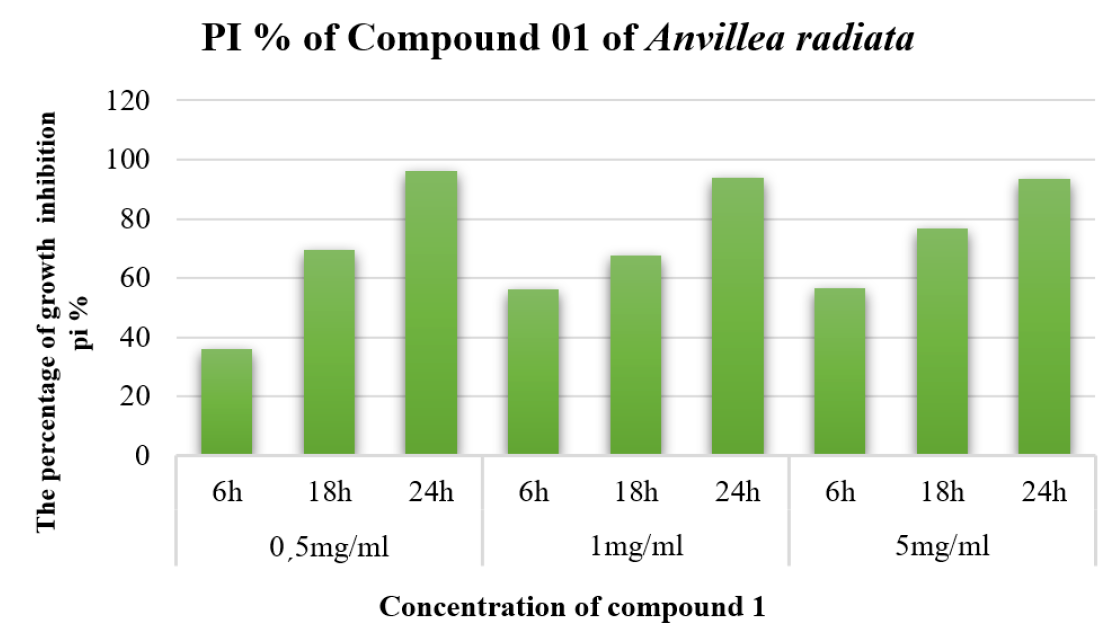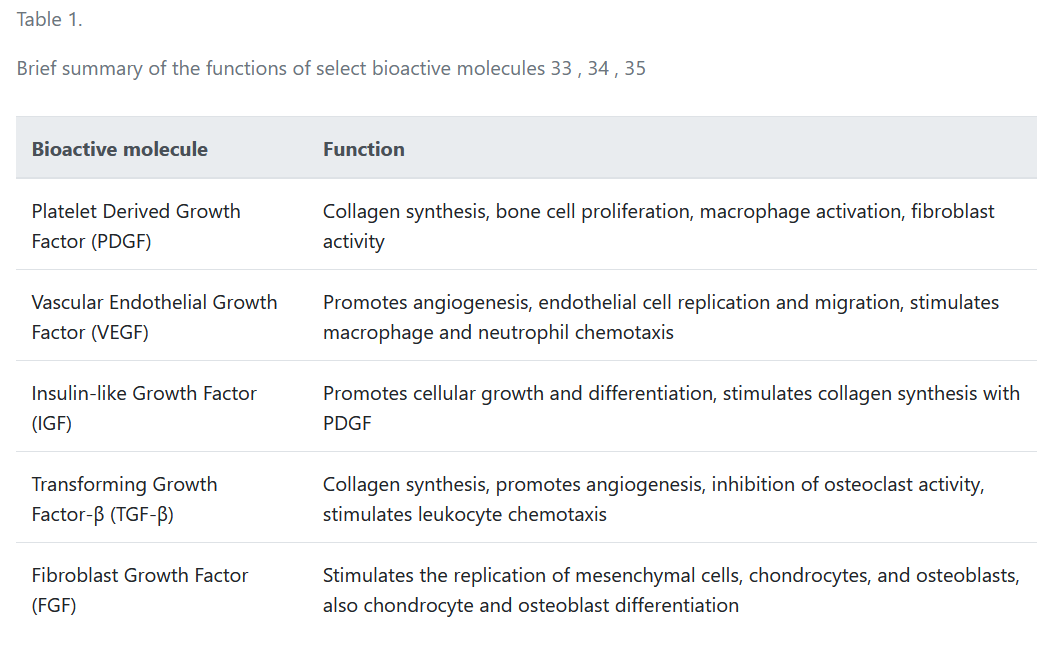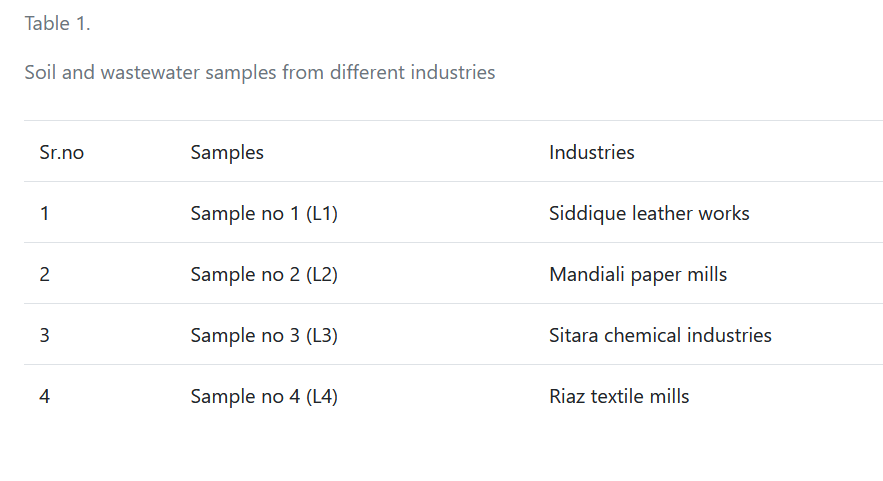Biotechnological Research (ISSN 2395-6763) is an open access international peer reviewed journal. The Journal publishes quarterly (4 times an year) innovative research findings from applied biology fields. Main areas journal focuses: (1) Classical Biotechnology which includes the production of animal, plant and microbial bio-products, production optimization and their applications; (2) Environmental Biotechnology which includes bio remediation, waste management, pollutants, hazards and their remedies; (3) Medical Biotechnology dealing with diseases and their solutions using biotechnological tools, current developments in medical diagnostics like innovative ideas, techniques, instruments and so on; (4) Bioinformatics which use of bioinformatics tools in drug designing, prediction of protein structures, development of new algorithms for innovative tools, databases etc.; (4) Plant Biotechnology: latest developments from plant biology including plant tissue culture, stress resistance, hybridization, improvement of crop variety, genetic variation studies and so on; (5) New Biology including advanced molecular biology, genetic engineering and latest technologies which could be revolutionary in the future.









